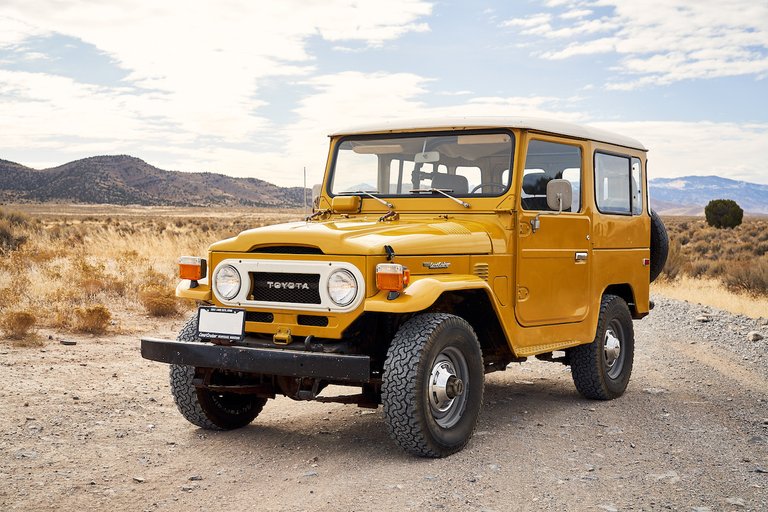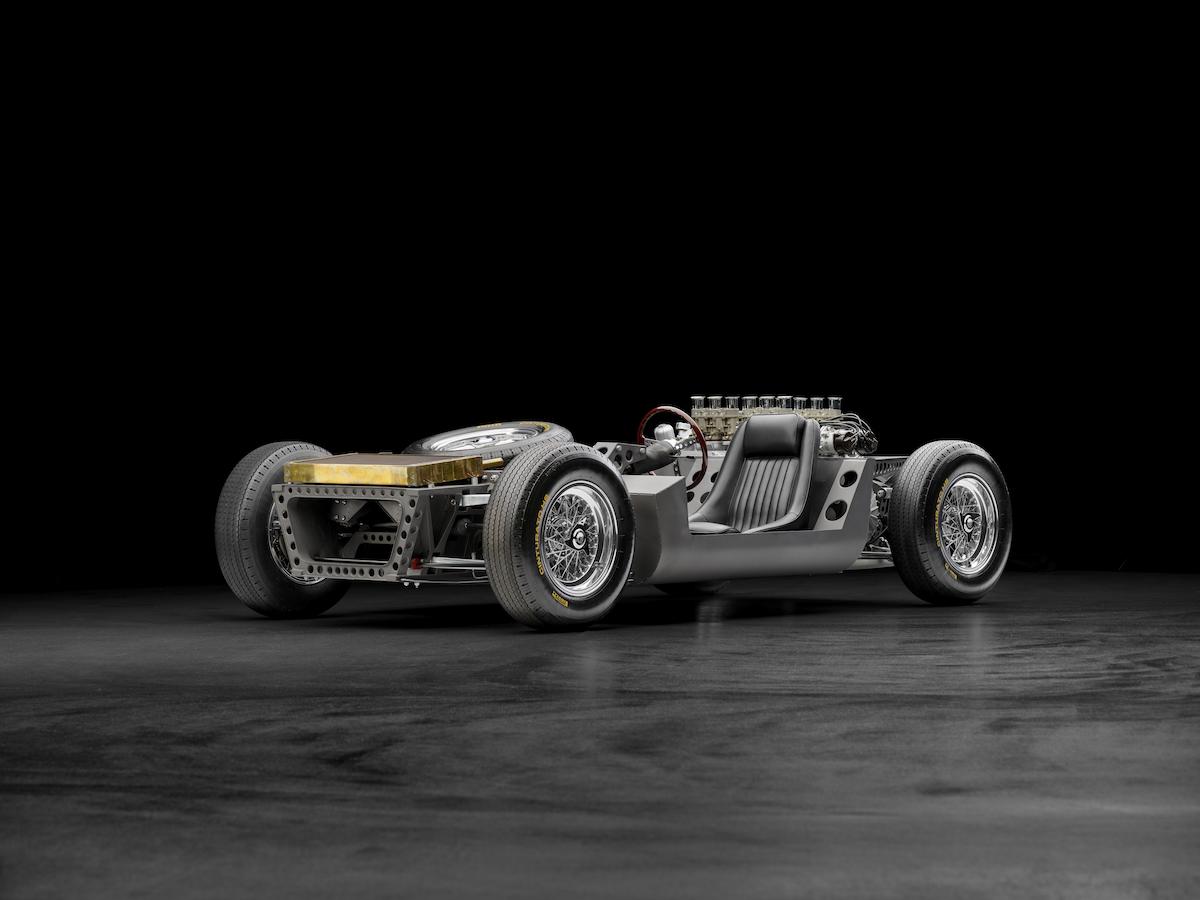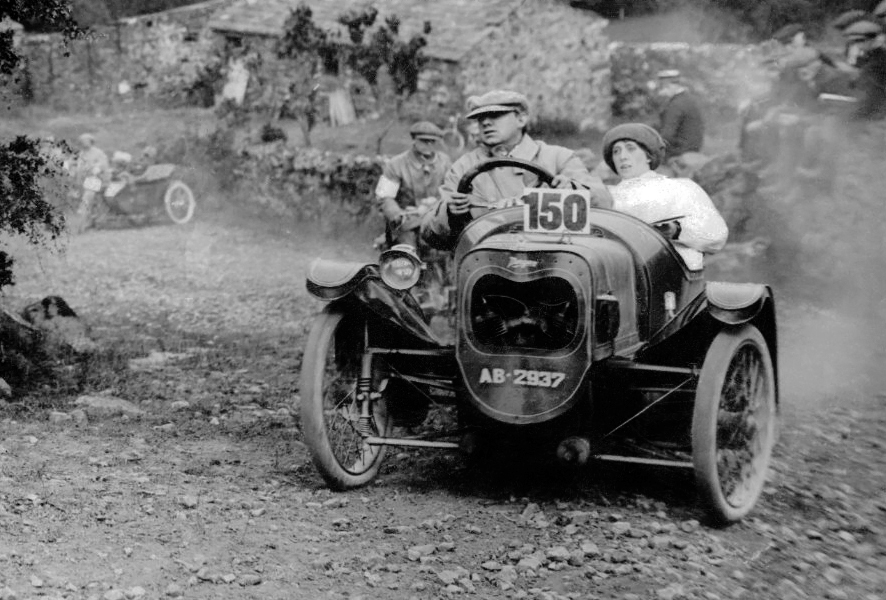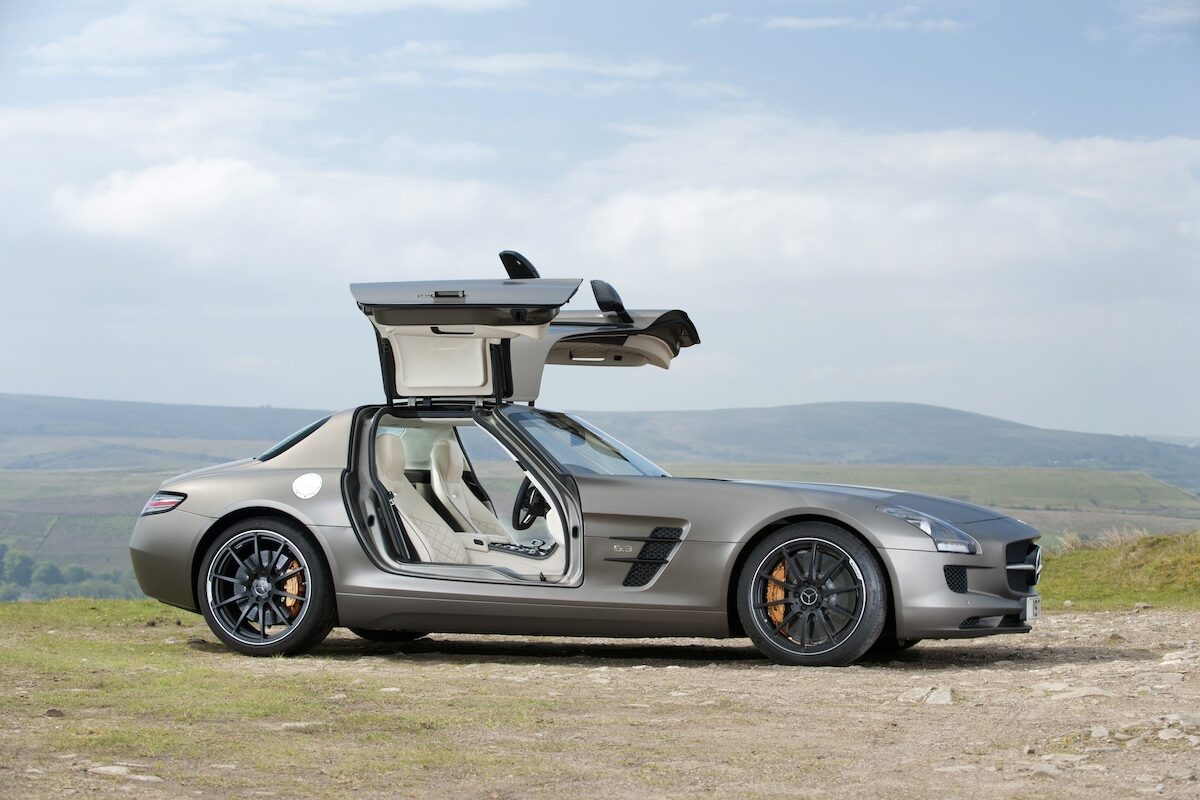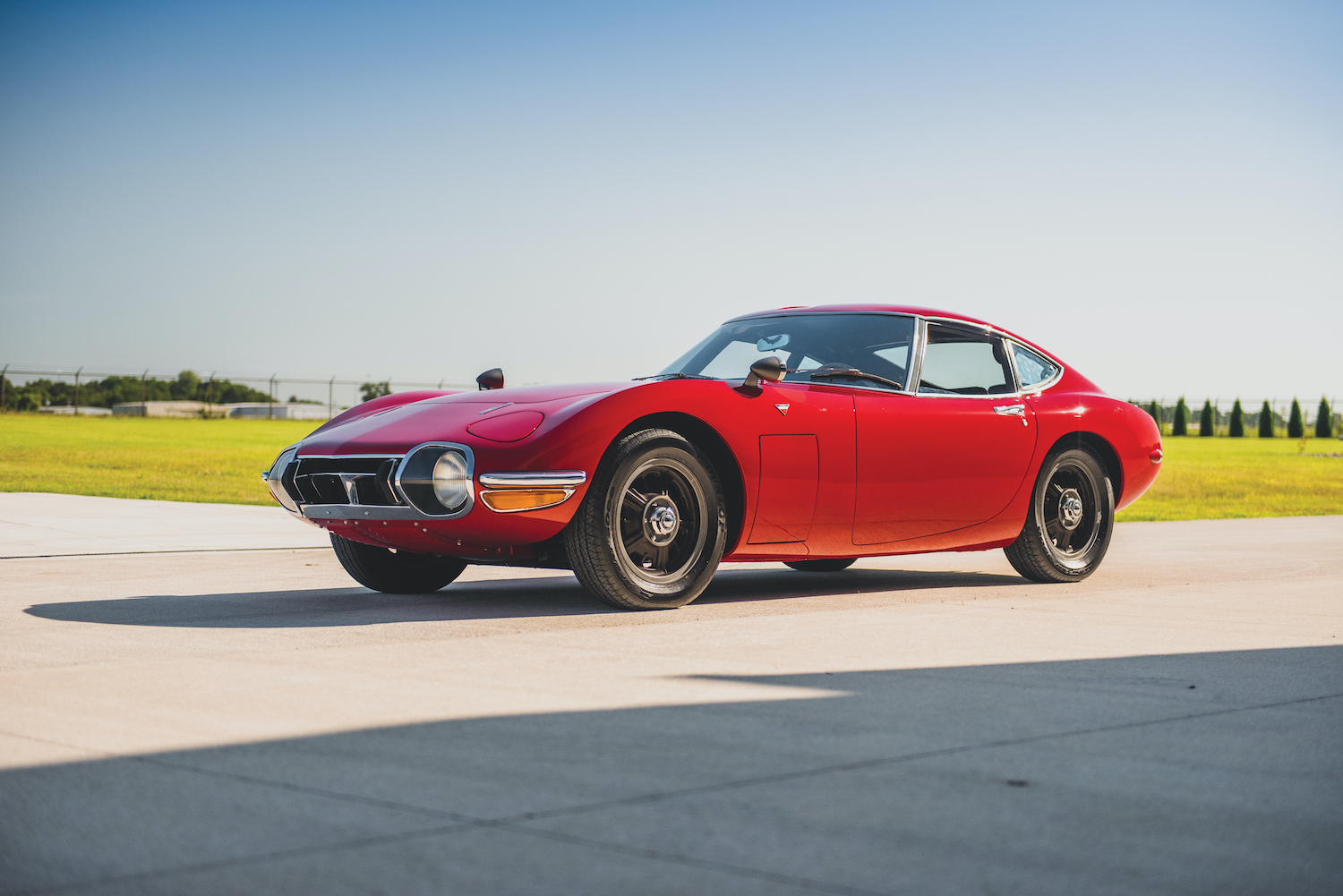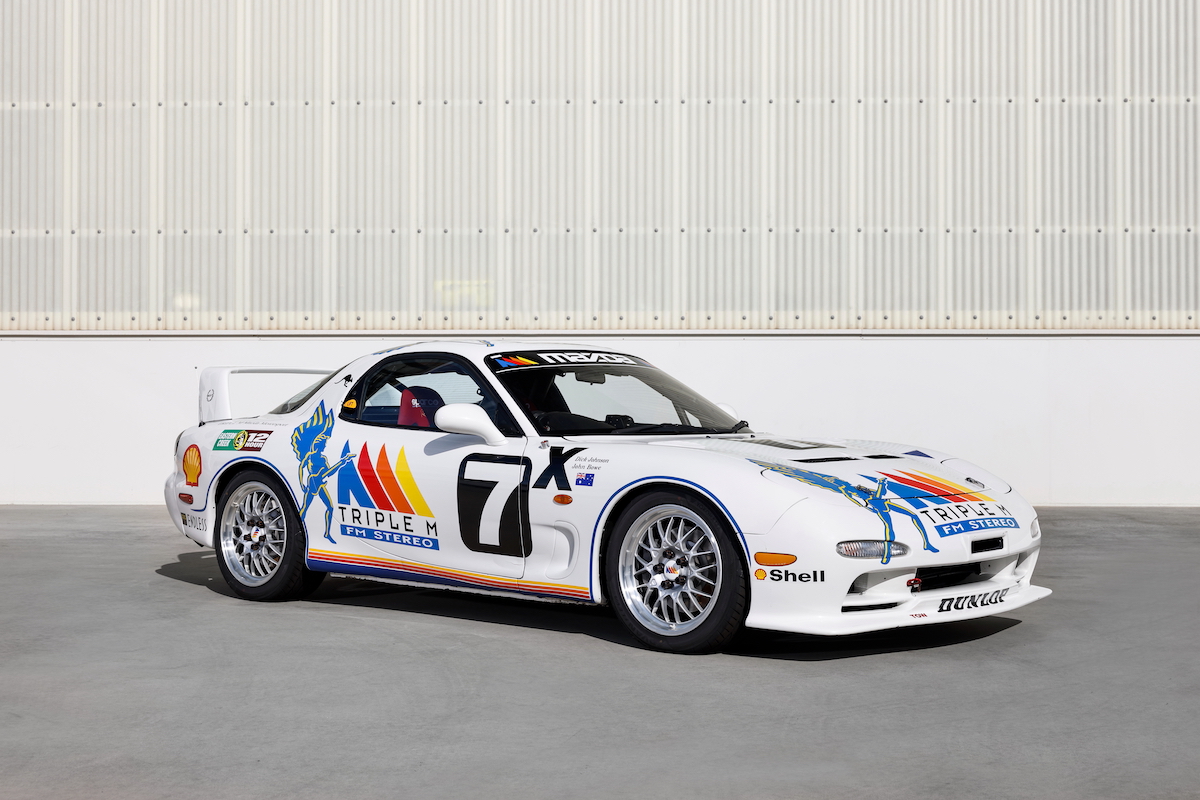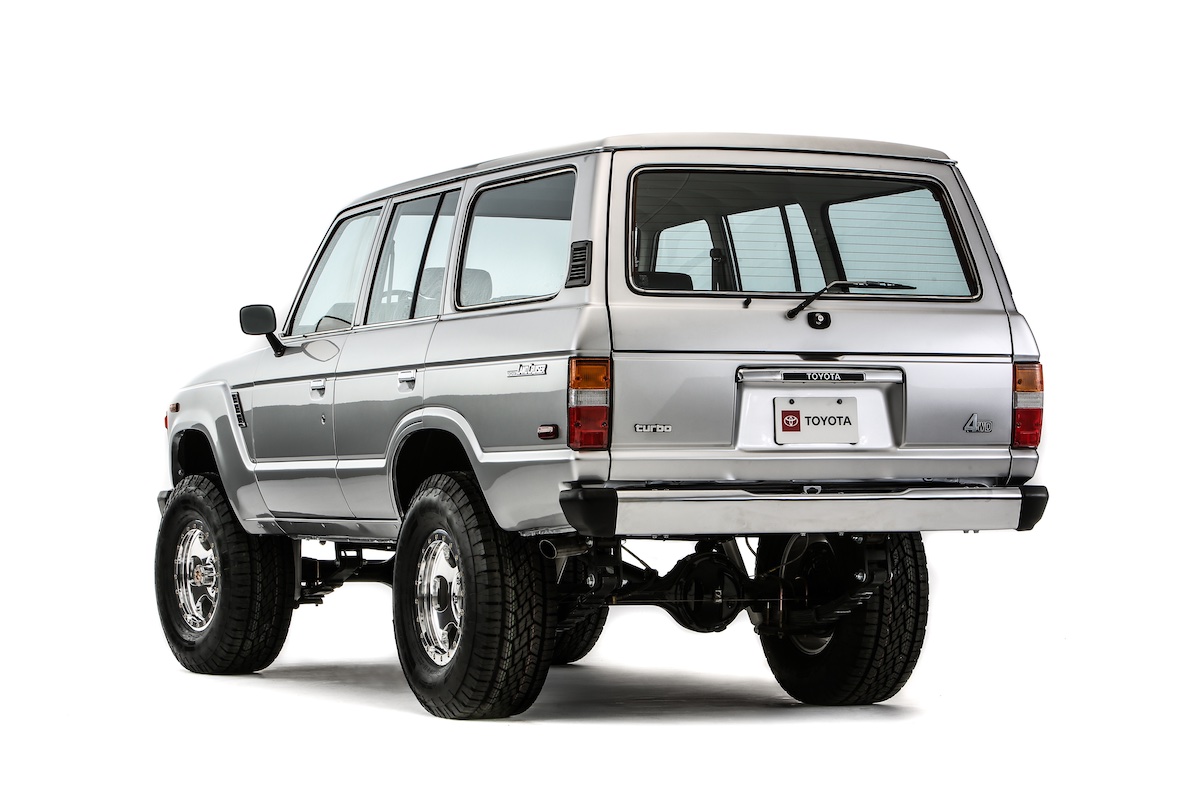Short wheelbase FJ40s are among the most recognisable of all LandCruisers (Image: Toyota USA)
Since taking over from Land Rover in the late 1970s as Australia’s most prolific 4WD, the Toyota LandCruiser has become a near ubiquitous sight on roads and tracks from Tullamarine to Tibooburra and beyond.
Originally known in the bush as ‘Tojos’ and later simply ‘Cruisers, the Toyota 4×4 has developed a well-earned reputation for being tougher than a tiger’s teeth, so even 45-year-old examples can still have plenty of life left in them.
Short wheelbase FJ40s are among the most recognisable of all LandCruisers, with good examples the most likely of the older breed to attract big money today.
Note that we’re not talking here about the extreme prices seen in recent years in the USA for both FJ40 ‘shorties’ and the long-wheelbase FJ60, but a tidy FJ40 will still bring between $30-50k in Australia, the market that first embraced the ‘Japanese Jeep’.

While prices for these classic LandCruisers are extreme in the US, a tidy FJ40 will still bring between $30-50k in Australia (Image: Collecting Cars)
If you’re thinking that’s the sort of money that might prompt some to think twice about taking a restored FJ40 into rugged terrain, you’d be right; although there are still plenty of rough-and-ready versions in service as bull-catchers and the like in the NT and elsewhere.
Rough but usable FJ40s start at around $20,000 and buyers need to be wary of rust which is most threatening when hidden in structural areas like the body mounting points, inside sills and windscreen pillars.
By the time rot becomes apparent, major repairs are needed and while fibreglass replacement panels are available, a rusted chassis might be uneconomic to repair.
The 4.2-litre petrol engine is an understressed six-cylinder unit that in the 1970s FJ40 developed 101kW of power. HJ45 versions had a 3.6-litre diesel with extra torque for off-road use and towing. Neither engine could be considered economical, but a diesel Cruiser uses 20-30 percent less fuel in rough going than the petrol 4.2.
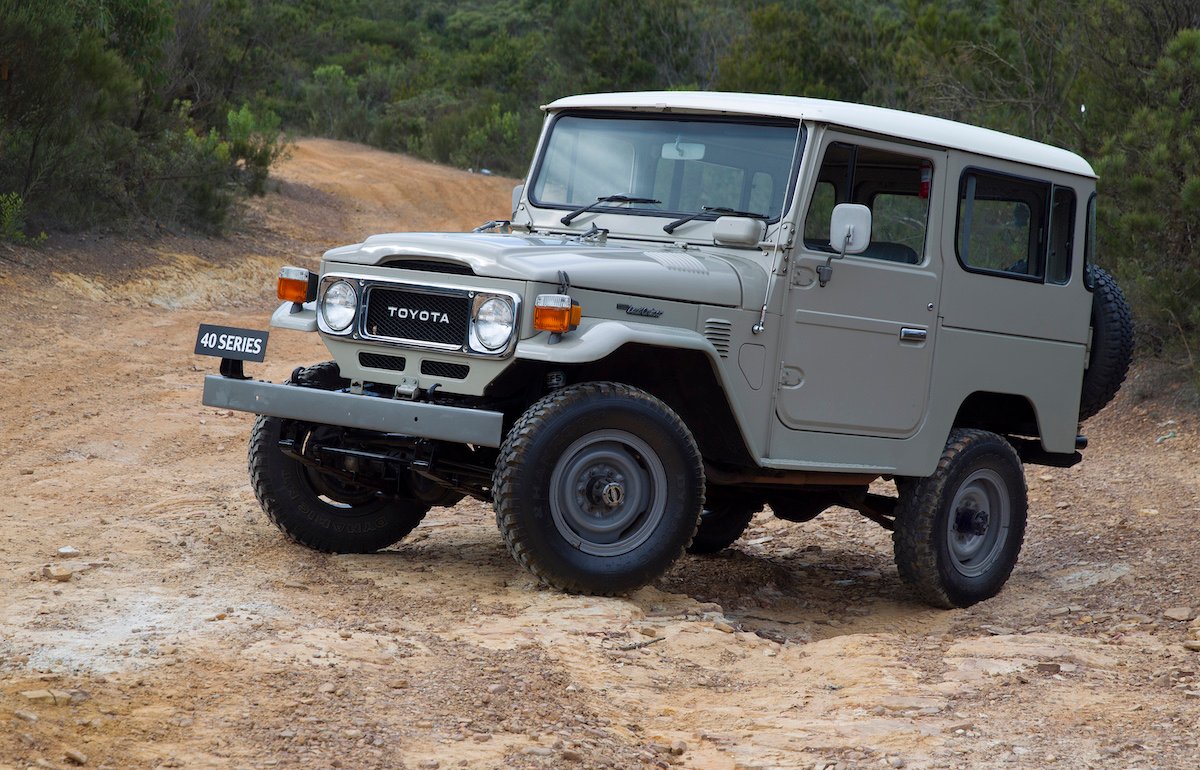
Early LandCruisers are fair dinkum commercial vehicles, with little in the way of creature comforts (Image: Toyota Australia)
Versions built before 1983 had a four-speed gearbox with dual-range, after which a five-speed was fitted. Freewheeling front hubs that reduced friction when driving in 2WD mode became standard from 1982.
Testing the 4WD system in an urban environment will be difficult as the front hubs must be ‘locked’ and may be hard to release after being used on bitumen. Finding an unsealed test surface is essential, though, because excessive noise from the transfer case or differentials may point to expensive repairs.
These early LandCruisers are fair dinkum commercial vehicles, with little in the way of creature comforts. The steering is vague, the handling wayward, and the ride quality, courtesy of heavy-duty leaf spring packs and live axles front and rear, is teeth rattling.
Add to this the fact the seats are flat and uncomfortable, with sound deadening that’s almost non-existent, and that the rudimentary cabin feel like a baker’s oven in summer, and you have to really want an FJ40 to put up with its foibles.
However, for those brave and hardy souls prepared to endure such privations, a well-preserved FJ40 has a style and presence that is utterly unique.
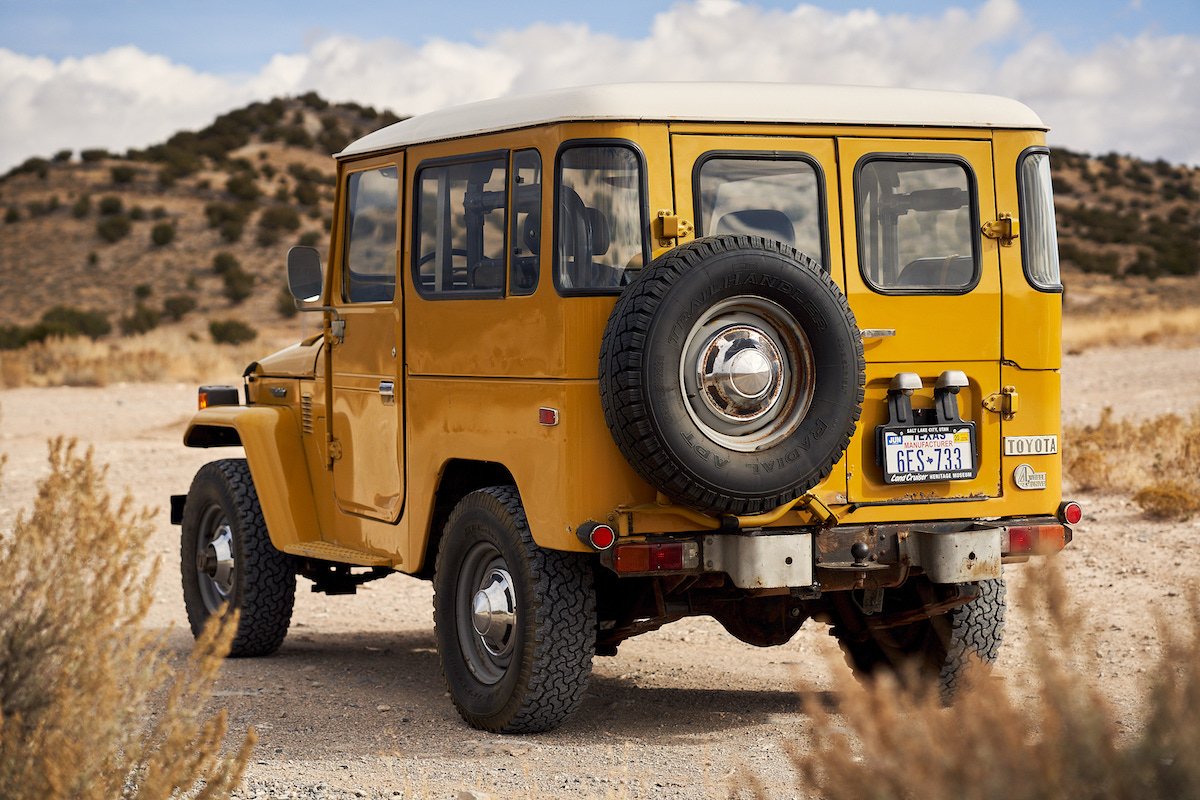
Despite the lack of refinement and creature comforts, a well-preserved FJ40 has a style and presence that is utterly unique (Image: Toyota USA)
Things To Watch Out for When Buying a Used Toyota LandCruiser FJ40 (1976-83)
-
Body and chassis rust
-
Use of fibreglass replacement panels
-
Difficult gear selection and noisy transfer case
-
Free-wheeling hubs that don’t engage smoothly
-
Cracked or broken spring leaves
Valuation Timeline: Toyota LandCruiser FJ40 (1976-83)
-
1995$4,400
-
2005$5,000+13.64%
-
2010$5,500+10%
-
2014$9,500+72.73%
-
2019$22,000+131.58%
-
2024$33,000+50%

